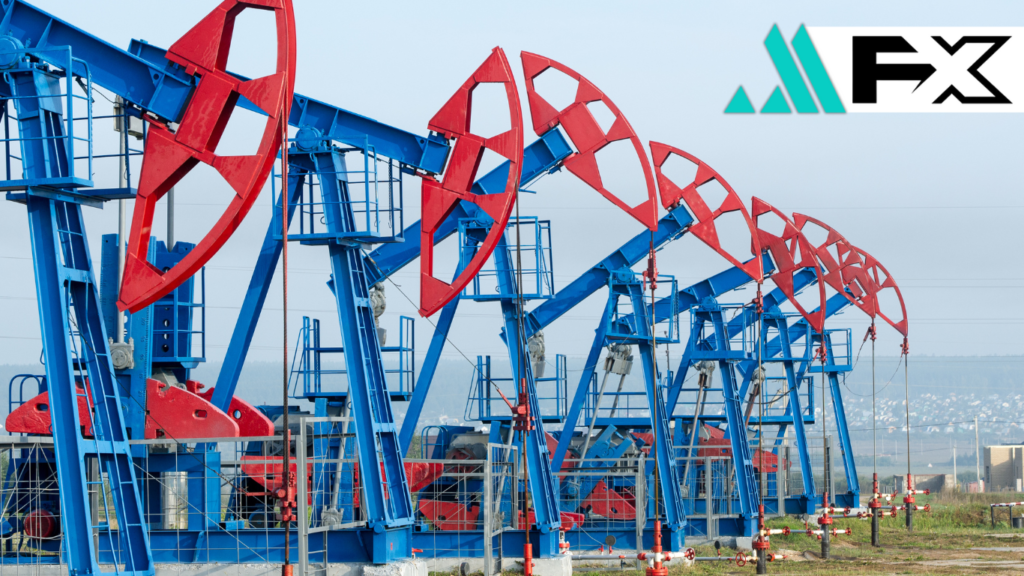Oil prices rebounded modestly on Tuesday, climbing around 1% after suffering their sharpest decline in nearly four years. The bounce came as markets took a breather from the heavy selloff sparked by U.S. tariff threats, though analysts caution that volatility is far from over.
As of 06:50 GMT, Brent crude futures rose 66 cents (1%) to $64.87, while U.S. West Texas Intermediate (WTI) crude gained 67 cents (1.1%) to $61.37. The recovery follows a brutal 14–15% plunge in both benchmarks, triggered by President Donald Trump’s April 2 announcement of “reciprocal tariffs” on all U.S. imports.
Warren Patterson, Head of Commodities Strategy at ING, noted, “The market has sold off heavily in recent days as it starts to price in a significant demand hit. However, how much of a demand hit we see is still very unclear.”
Markets found some relief in steadier equity prices, though risk sentiment remains fragile.
Trade War Risks Cloud Oil Demand Outlook
The brief rebound in crude markets is unlikely to signal a long-term trend. The key headwind remains President Trump’s threat to impose an additional 50% tariff on Chinese goods unless Beijing rolls back its recent 34% retaliatory tariffs.
In an ING research note released Tuesday, analysts warned that “further escalation is likely, which will only exacerbate global growth fears and oil demand risks.”
Tony Sycamore, an analyst at IG, added perspective to the broader macroeconomic impact:
- If China holds firm, the total tariff burden on Chinese imports could hit 104%.
- This could lead to steep equity sell-offs, rising recession risks, and diminished energy demand.
Beijing, for its part, has publicly reaffirmed it will not yield to what it calls “blackmail,” while also ramping up capital market stabilization efforts.
Supply Data Adds Pressure to Crude Outlook
Beyond trade tensions, oil markets face additional pressure from rising U.S. inventories, signaling potential softness in demand.
Key supply-side developments:
- A Reuters poll suggests U.S. crude and distillate stocks likely rose by 1.6 million barrels last week.
- Weekly API inventory data is due later Tuesday, followed by official EIA figures on Wednesday.
Meanwhile, Trump maintains that tariffs—ranging from 10% to as high as 50%—will revitalize U.S. manufacturing. But global markets remain skeptical, particularly as the potential for retaliatory actions increases.
Unless geopolitical tensions ease or demand indicators improve, oil prices are likely to remain under pressure despite short-term rallies.


